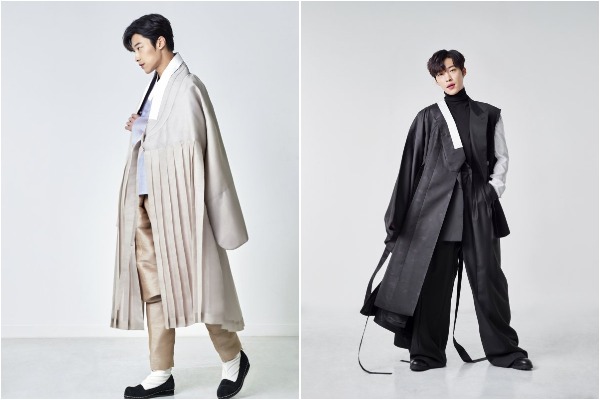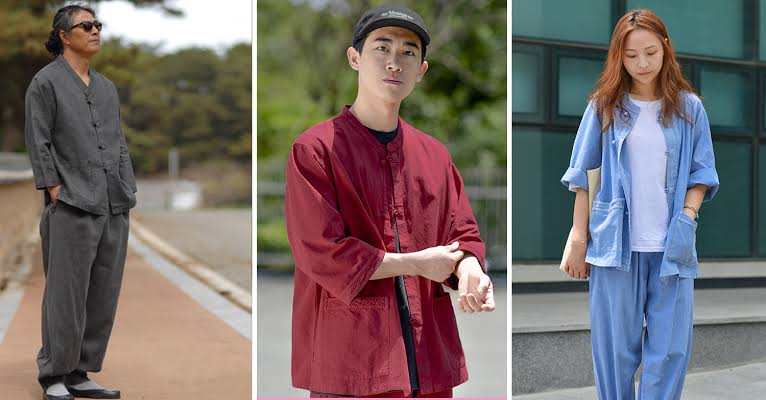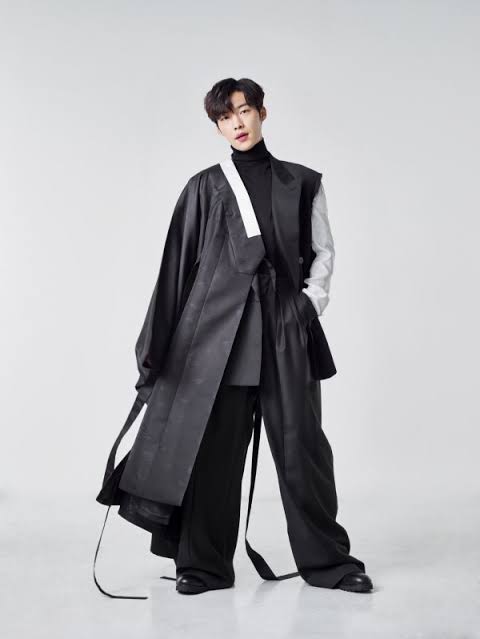
In a world where fashion trends come and go, there’s something timeless and captivating about cultural fashion attire. From the modern Hanbok for men to the barong for men and traditional Chinese clothes, these garments offer more than just style—they embody centuries of heritage, symbolism, and storytelling. Let’s explore why cultural fashion attire is not just a fashion statement but a celebration of diversity and tradition.
1. Rich Heritage and Tradition
Cultural fashion attire serves as a tangible link to the past, carrying with it the rich heritage and tradition of a particular culture or community. Each garment tells a story, reflecting the customs, values, and craftsmanship passed down through generations. For example, the modern Hanbok for men pays homage to Korea’s traditional attire while embracing contemporary design elements, blending the old with the new in a beautiful expression of cultural evolution.

2. Symbolism and Meaning
Behind every fold, stitch, and embellishment lies a world of symbolism and meaning. Cultural garments often carry deep significance, rooted in mythology, history, or societal norms. Take, for instance, the barong for men in the Philippines, known for its intricate embroidery and sheer fabric. Beyond its aesthetic appeal, the barong symbolizes elegance, resilience, and cultural pride, embodying the spirit of the Filipino people and their enduring heritage.
3. Diversity and Individuality
One of the most compelling aspects of cultural fashion attire is its ability to celebrate diversity and individuality. Whether it’s the vibrant colors of traditional African clothing or the elegant simplicity of Japanese kimono, these garments offer a distinctive aesthetic that sets them apart from mainstream fashion trends. By embracing cultural attire, individuals express their unique identity and heritage, fostering a sense of belonging and pride in one’s roots.

4. Global Representation
In an increasingly interconnected world, cultural fashion attire serves as a powerful form of cultural diplomacy and representation. By showcasing traditional garments on global platforms such as fashion runways, red carpets, and social media, designers and wearers alike promote cross-cultural understanding and appreciation. Through fashion, diverse cultures are celebrated, stereotypes are challenged, and dialogue is fostered, paving the way for greater cultural exchange and mutual respect.
5. Sustainability and Ethical Practices
Many cultural garments are crafted using traditional techniques and natural materials, making them inherently sustainable and eco-friendly. By supporting local artisans and preserving traditional crafts, wearers of cultural fashion attire contribute to the promotion of ethical and sustainable practices in the fashion industry. From hand-woven textiles to natural dyes, these garments embody a commitment to environmental stewardship and cultural preservation.
In conclusion, cultural fashion attire transcends mere aesthetics, embodying history, symbolism, diversity, and sustainability. Whether it’s the modern Hanbok for men, the barong for men, traditional Chinese clothes, or attire from any other cultural tradition, wearing these garments is a meaningful expression of cultural pride, heritage, and appreciation for the beauty of diversity. Let us celebrate the richness and diversity of our world through the universal language of fashion.